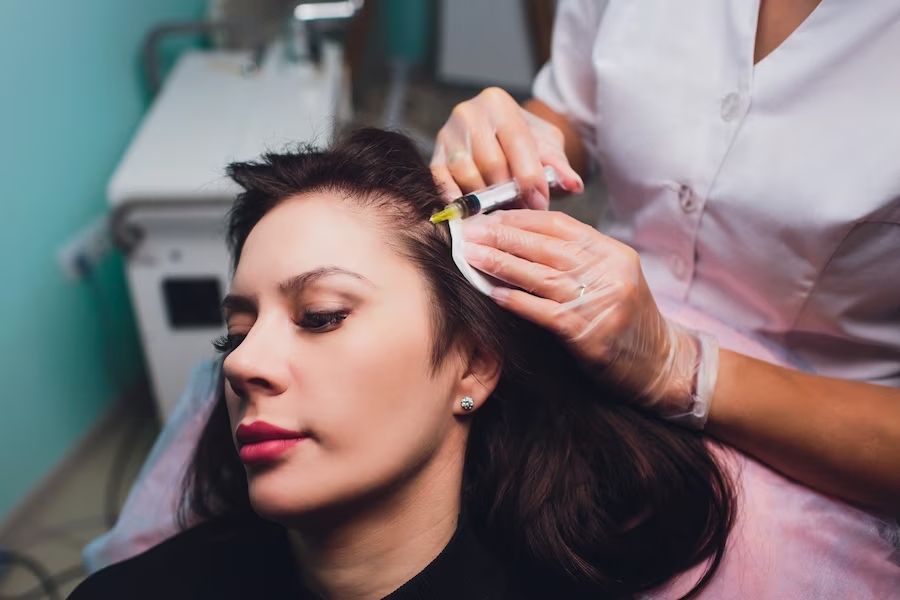
Laser hair regrowth treatment has garnered attention as a potential solution for those experiencing hair loss or thinning hair. However, understanding the science behind this innovative therapy can shed light on its effectiveness and help individuals make informed decisions about their hair care journey. In this article, we will delve into the mechanics of laser hair regrowth treatment to demystify the process and explore how it works.
The Basics of Laser Hair Regrowth Treatment:
Laser hair regrowth treatment, also known as low-level laser therapy (LLLT) or red-light therapy, utilizes specific wavelengths of light to stimulate hair follicles and encourage hair regrowth. The treatment involves the use of a medical device equipped with laser diodes or light-emitting diodes (LEDs), which emit focused beams of light onto the scalp.
Stimulating Hair Follicles:
At the core of laser hair regrowth treatment lies the principle of photo biomodulation. When the laser light or red light penetrates the scalp, it is absorbed by the cells within the hair follicles. This absorption triggers biochemical changes that enhance cellular metabolism and stimulate the follicles, promoting the growth of thicker, stronger hair.
Increased Blood Circulation:
One key benefit of laser therapy is its ability to improve blood circulation in the scalp. The light energy stimulates the microcirculation, leading to the dilation of blood vessels and increased delivery of oxygen and nutrients to the hair follicles. This revitalizes dormant or weakened follicles, potentially leading to enhanced hair growth.
Reducing Inflammation:
Inflammation can hinder healthy hair growth and contribute to hair loss. Laser hair regrowth treatment has shown the ability to reduce inflammation in the scalp. By targeting specific inflammatory markers and promoting cellular healing, laser therapy creates a favourable environment for hair follicles to thrive.
Prolonging the Anagen Phase:
The anagen phase is the active growth phase of the hair follicle cycle. Laser therapy has been found to extend the duration of the anagen phase, effectively delaying the shedding or resting phase (telogen phase). By prolonging the growth phase, more hairs remain in the active stage, leading to a fuller and denser appearance.
Modulating DHT Levels:
Laser hair regrowth treatment has demonstrated the ability to modulate DHT levels, potentially reducing its negative effects on hair follicles and slowing down the progression of hair loss.
Consistency and Patience:
It’s important to note that laser hair regrowth treatment is not an overnight solution. It requires consistency and patience. Typically, a series of treatment sessions is recommended over several months to achieve optimal results. Each session lasts for a specific duration, and the treatment frequency may vary depending on the individual’s needs and the device used.
Conclusion:
Laser hair regrowth treatment harnesses the power of light energy to stimulate hair follicles, improve blood circulation, reduce inflammation, and modulate hormone levels. By understanding the underlying science, individuals can make informed decisions about incorporating this treatment into their hair care regimen. While results may vary, laser hair regrowth treatment offers a non-invasive approach that shows promise in promoting thicker, healthier hair. It is advisable to consult with a healthcare professional or trichologist to determine the suitability of this treatment for individual needs. With consistency, patience, and realistic expectations, laser hair regrowth treatment may prove to be a valuable tool in the journey towards revitalizing your hair.

